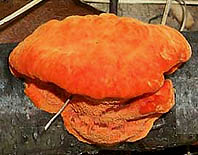
Cap at least partly red, pink or red-orange
Pore surface white to pale buff, but may discolor reddish
Medium Terrestriopolypore Tribe
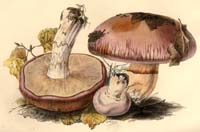 Key to Gilled Mushrooms Key
Key to Gilled Mushrooms Key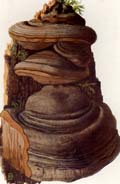 Polyporaceae Family
Polyporaceae Family Red Polypore Tribe
Red Polypore TribeRed Cap Polypore Subtribe Cap at least partly red, pink or red-orange | Links from Look-alikes Medium Terrestriopolypore Tribe Cap variable in size, but averaging 3-4" |
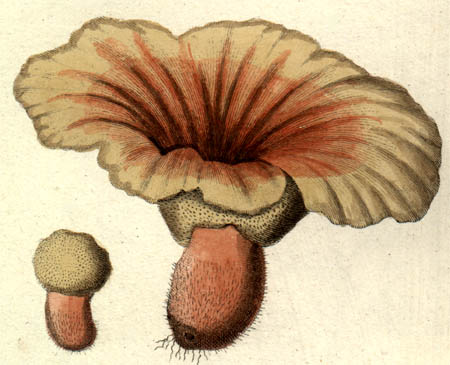
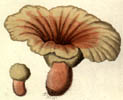 Abortiporus biennis
Abortiporus biennis
 Glossary | 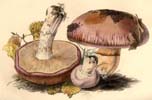 Mushrooms |  |  People | 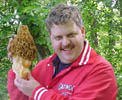 Newsletter |  Events |